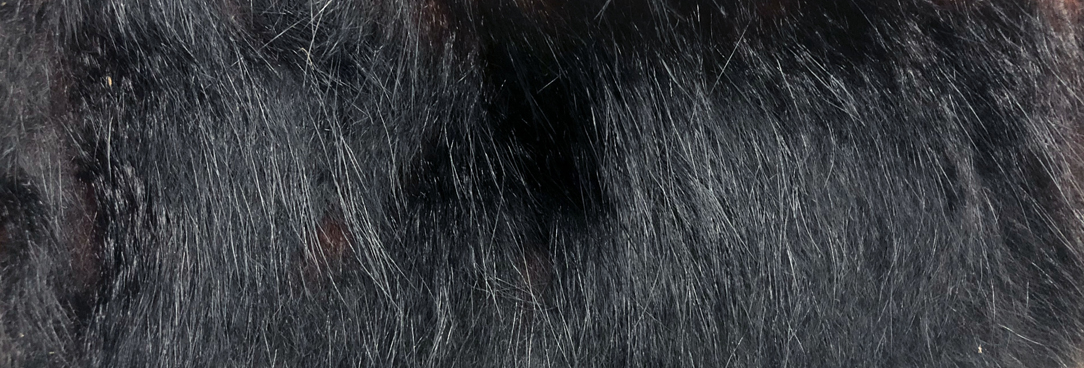
Author: Tara Oldfield
Senior Communications Advisor
Our volunteers have done it again and uncovered a gem. While sorting through a batch of civil case files they were surprised to find… a fur. And who got the call to write about this fur? The office vegan!
The case of the opossum
According to the 1921 civil case file in question, plaintiff S Markheim Limited of London sued R Freeman Proprietary Limited of Melbourne for payment of delivered merchandise and costs associated with legal actions.
Freeman had arranged via cablegram purchase of “100 skunk opossum skins quality similar to those bought by Mr Freeman invoiced June 18th 1920, but brown topped” from London which Markheim arranged and had delivered to Melbourne in two shipments.
Upon seeing the first shipment of goods, Freeman claimed the quantity was incorrect (not surprising considering the second shipment with the rest of the product was yet to arrive) and quality not good enough. He refused to pay.
“Freeman declines pay for last thousand skins stating they not similar quality skins invoiced June and are worthless.”
Markheim sent testimony to the Supreme Court of Victoria arguing that the quality was as agreed though the brown was maybe a bit darker than Freeman may have wanted. Also included in the file are exhibits including postage receipts, the original cablegrams and of course a strip of the brown topped opossum fur. Even almost one hundred years later, the quality looks good to me – though I’m clearly no expert!
The judge ruled in favour of Markheim:
Opossum opopular
According to Possums and People by Anne Kerle, possum was a popular fur in the 1920s as the dense and soft fur adheres to the skin after death making it suitable for tanning.
"A thriving trade was developed (in Australia) and brushtail skins were sold as 'Skunk' when shorn and dyed, 'Beaver' and 'Adelaide Chinchilla', as well as 'Opossum'!"
Indeed when searching Trove for opossum in the 1920s, more than 20,000 advertisements can be found in newspapers across the country with fine opossum fur rugs, opossum lamps, and opossum coats and stoles among the featured items on sale.
Hazardous material
The “quality” of the fur in question in this case file may be good but according to archival policy it is now a “hazardous material”.
We often find irregular items like this contained within case files in our collection. Items considered hazardous include:
• inherently dangerous objects (eg, court case exhibits such as vials containing poison, weaponry, ammunition; records containing organic material; glass plate negatives or pictures mounted behind glass); or
• records with preservation issues which make them hazardous (such as mould or vinegar syndrome).
In this case, the opossum skin, now almost one hundred years old, is an organic material that could contain any number of micro-organisms harmful for researchers to handle. To ensure the health and safety of anyone who may order and view this case file, the fur material will be rehoused and packaged separate from the case file and closed under Section 11.
Civil case files
The rest of the file can be found within our collection of Supreme Court civil case files. Civil cases occur when one person or company takes action against another, generally for failure to pay debts, non-performance of contract, or personal injury claims. Some case files relate also to appeals from lower courts and, up to 1976, post-divorce financial settlements. Search the collection via the Topic Page here.
Material in the Public Record Office Victoria archival collection contains words and descriptions that reflect attitudes and government policies at different times which may be insensitive and upsetting
Aboriginal and Torres Strait Islander Peoples should be aware the collection and website may contain images, voices and names of deceased persons.
PROV provides advice to researchers wishing to access, publish or re-use records about Aboriginal Peoples





